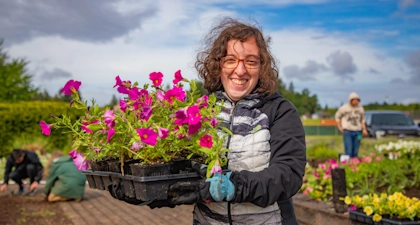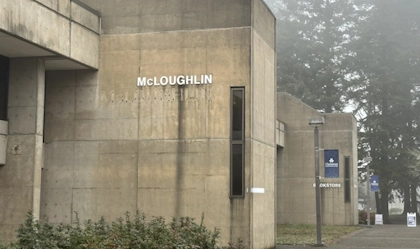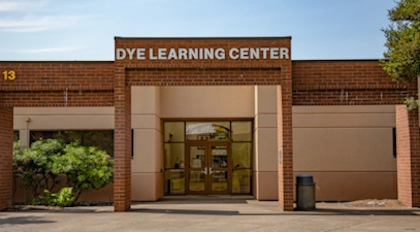Bond projects: Modern teaching and learning spaces
At Clackamas Community College, we are committed to equipping students with the skills and knowledge they need to thrive in today’s evolving world. Thanks to the passage of bond measure 3-613, we are investing in state-of-the-art teaching and learning spaces designed to foster innovation, collaboration and hands-on experiences. These modern spaces will enhance student learning by providing modern facilities that reflect the demands of today’s workforce and ensure that students are prepared to succeed.
Projects
Natural Resources Center of Excellence
 Existing Conditions:
Existing Conditions:
Built in 1969, Clairmont Hall is the oldest building on the Oregon City campus and is in need of significant upgrades, including HVAC improvements. A recent renovation improved several spaces within the building for Clackamas Volunteers in Medicine. However, whole building upgrades are still needed for other programs. The horticulture program, housed within Clairmont Hall, noted that their program’s use of lecture spaces in the building is limited, while indoor/outdoor labs at the south end of Clairmont are highly utilized. Additional indoor/outdoor spaces with overhead doors would be beneficial to this program.
The Training Centers are two prefabricated metal buildings, used primarily by Apprenticeship programs (Training Center A) and the welding program (Training Center B). These buildings are simple and industrial in character with adjacent paved outdoor work areas and a small amount of parking.
Improvements for consideration:Replace and modernize aging and inadequate facilities that house Horticulture and Wildland Fire (e.g., Clairmont Hall) by constructing a new Natural Resources Center of Excellence north of Clairmont Drive. The new facility would create a striking presence along Beavercreek Road, providing better visibility of the college.
Further expansion to Training Center B can accommodate additional space needed for welding program growth and allow for more improvements to student spaces. Interior renovations will create more space for students to sit and gather between classes.
McLoughlin Hall
 Existing Conditions:
Existing Conditions:
McLoughlin Hall was constructed in 1972 and underwent a major remodel in 1992. It is 52,292 square feet. It currently houses numerous staff offices and classrooms, an auditorium, the bookstore, duplication, a mailroom, the College Safety Department and computer labs.
Improvements for consideration:In the college's Concept Master Plan, McLoughlin Hall was identified as an example of how a building could be adapted and modernized to create an “academic hub approach in reorganizing instructional and support spaces.”
On the ground level, existing classrooms and labs could be opened and made more accessible through reconfiguration as a student-oriented collaboration center. This could provide a central location for students to access study space and technology and potentially contain interactive learning spaces to facilitate individual and small-group study as well as spaces to join online classes.
Classrooms and offices on the second floor could be reconfigured into academic hubs, which aligns with the college’s Guided Pathways approach to student success, centralizing student support space within academic program areas. Hubs are intended to contain co-located office suites, classrooms and student lounge space.
Dye Learning Center
 Existing Conditions:
Existing Conditions:
The Dye Learning Center was built in 1992 and was most recently renovated in 2015 to remove some book display stacks and replace them with expanded tutoring space. Outreach with the campus community and recent academic planning at CCC identified a need to enhance and modernize academic support spaces, which consists primarily of library, academic computing and tutoring facilities in the Dye Learning Center.
Improvements for consideration:The Dye Learning Center is shared between multiple programs, but it was not originally designed for joint use. While the size of the building is adequate, its function could be improved through a light remodel and better organization of space, technology and opportunities for interaction between students and staff. Group and quiet study spaces and spaces for tutoring could be more fluidly arranged. Currently, Math and English share a tutoring area in the library in a space created from the removal of stacks. With improvements, Dye could become a more effective and supportive central place to access tutoring. In the future, Dye could be adapted into a Learning Commons.
In addition to the spaces provided inside the library to support students, the building can visually and physically connect to the outdoor spaces and walkways of the campus, providing a clear sense of entry and visible activity. Providing a welcoming and evident entry, along with better indoor-outdoor connections and views, will ensure that students are aware of the resources available in the Dye Learning Commons.
